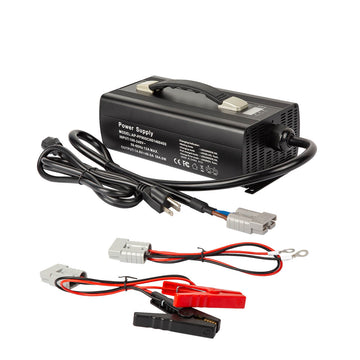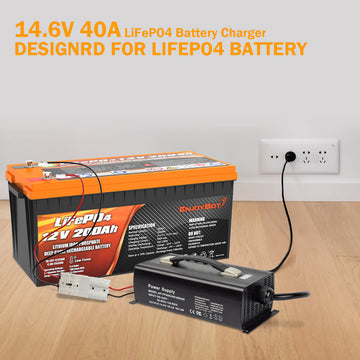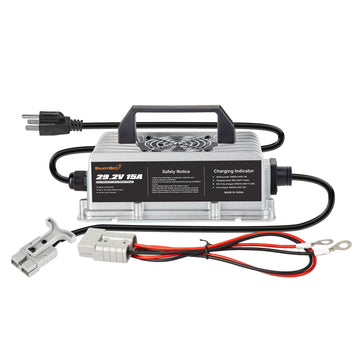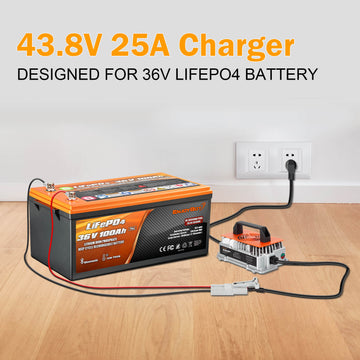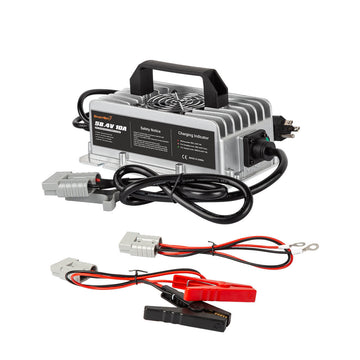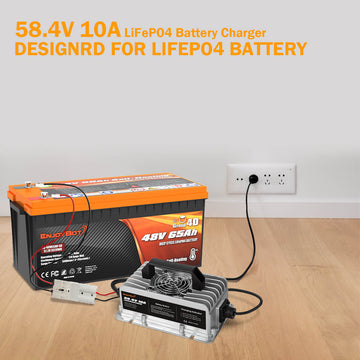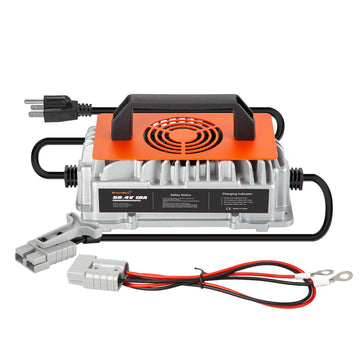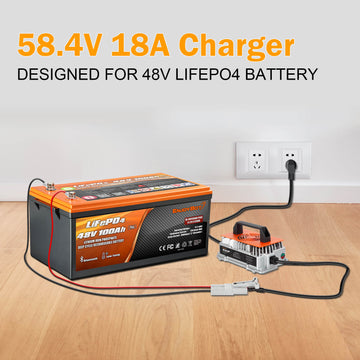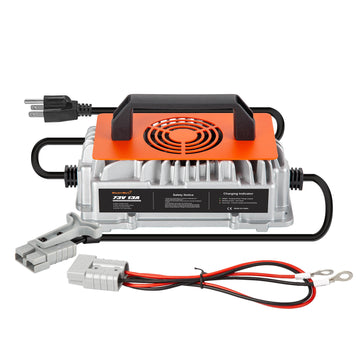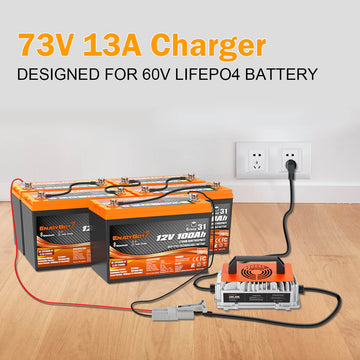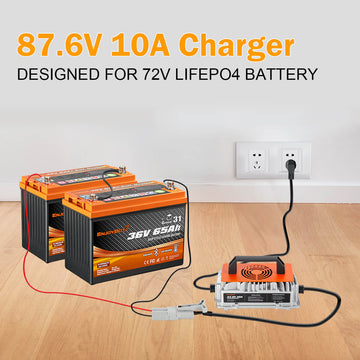What is The Difference Between Wiring Batteries in Series Versus Parallel?
What is The Difference Between Wiring Batteries in Series Versus Parallel?
If you have a multiple-battery system, it is critical to understand the difference between connecting batteries in series vs. parallel. How the batteries are wired will determine how they perform in different applications. Let’s take a closer look at how to connect batteries in series versus parallel and when each method is appropriate.
What is The Difference Between Wiring Batteries in Series versus Parallel?
The main difference between connecting batteries in series versus parallel is their effect on the output voltage and capacity of the battery system. Battery packs wired in series will add their voltages together. Batteries connected in parallel will add their capacities (measured in amp-hours) together. However, the total amount of energy (measured in watt-hours) in both configurations is the same.
For example, if you connect two 12-volt batteries with 100 Ah capacities in series, they will output 24 volts with a 100 Ah capacity. If you are wiring the same two batteries in parallel, they will output 12 volts with a 200 Ah capacity. As a result, the total available energy for both systems is 2400 watt-hours (watt-hours = volts x amp-hours).
Additionally, battery packs wired in parallel or series should have the same capacity and voltage ratings. Mixing and matching voltages and capacities can lead to damage to your batteries.
Wiring Batteries in Series
If you would like to connect multiple batteries in series, you will have to wire the positive terminal of each battery to the negative terminal of the next battery. You can then measure the battery system’s total output voltage between the negative terminal of the first battery and the positive terminal of the last battery in series.
The first example is putting two 12-volt batteries with 100 Ah capacity wired in series. The first battery's positive terminal is connected to the negative terminal on the second battery. Therefore, the overall system voltage is 24 volts, and the overall capacity is 100 Ah.

The second example is wired in the same way, but with a third battery. The voltages of all three batteries are added to give a system voltage of 36 volts, while the capacity will still remain at 100 amp-hours.

Advantages
The power consumed by a device is equal to its operating voltage multiplied by the current it draws. For example, a 360 watts device operating at 12-volt will consume 30 amperes (12 x 30 = 360). The same device operating at 24 volts can only consume 15 amperes (24 x 15 = 360).
Series-connected batteries can provide a higher system voltage, which results in a lower system current. Less current means you can use thinner wiring and there will be less voltage drop in the system.
In addition to power consumption, charging works the same way. Considering an MPPT solar charge controller with a rated current of 50amps. The 50A x 12V controller can only handle 600 watts of solar energy, however, it can handle 1200 watts at 24Vx50A! Generally, operating batteries in series at higher voltages can provide significant benefits when running a bigger power system.
Disadvantages
In a battery system connected in series, the lower voltages cannot be obtained from the battery pack without the use of a converter. Either all equipment needs to run at the higher voltage, or an extra converter is needed to use 12V appliances on the system.
Wiring Batteries in Parallel
If you would like to wire multiple batteries in parallel, you will have to connect all of the positive terminals together and you will also have to connect all of the negative terminals together. Since all of the positive and negative terminals are connected, Since all positive and negative terminals are connected, it is possible to measure the output voltage of the battery system across any two positive and negative terminals.
The first example is 2X12V 100 Ah batteries connected in parallel. Putting the positive terminal on the first battery is connected to the positive terminal on the second battery. Likewise, the both batteries' negative terminals are also linked together. The total system voltage will be 12 volts, and the total capacity will be 200 Ah.

The second example is connected the same way but with a third battery. The total capacities of all three batteries added together will be getting a 12V 300ah system.

Advantages
The key advantage of wiring batteries in parallel is that it increases the available operating time of the system while maintaining the voltage. Since the amp-hour capacities are additive, putting two batteries connected in parallel can double the run time, three batteries can triple it, and so on.
The other advantage of operating batteries in parallel is that if one of the batteries dies or fails, the remaining batteries in the system can continue to deliver power.
Disadvantages
The main drawback of wiring batteries in parallel and series is that the system voltage will be lower, which is resulting in a higher current consumption. Higher electric current means thicker cables and more voltage drop. When operating at lower voltages, larger power equipment, and power generation are more difficult to operate and less efficient.
How Many Batteries Can You Wire In Series?
The limit on how many batteries you can connect in series typically depends on the battery and manufacturer you choose. For instance, the Enjoybot allows up to four of their LiFePO4 batteries to be wired in series to create a 48 volts system. Before purchasing, users have to verify with the battery manufacturer or the seller to ensure that it doesn't exceed their recommended limit of batteries in series.
How Many Batteries Can You Wire In Parallel?
There is also a limit to how many batteries you can connect in parallel. The Enjoybot allows up to four of their LiFePO4 batteries to be wired in parallel.
The more batteries you add in parallel circuits, the more capacity and longer operating time you will have available. Additionally, the more batteries connected in parallel, the longer it will take to charge the system.
With very large parallel battery banks provides much higher current availability as well. That is to say that the proper system fusing is crucial to prevent accidental short circuits, which could have catastrophic consequences with so much current available.
Can You Wire Batteries in Series and Parallel?
Users cannot connect the same batteries in series and parallel like a short-circuit system, however, you can wire batteries in series and parallel to create a larger battery bank at a higher voltages.
The following photo connects two batteries in series to get a 24V voltage and then connects this set of batteries in parallel to another set of 24V batteries. Considering each group of series connected batteries as one battery. You must create another set of batteries with the same voltage as the first set of batteries in order to connect them in parallel.
In addition to ensuring that you have the correct voltage charger, the charging method for series and parallel batteries is also the same. For batteries connected in series, connect the charger's positive cable to the positive terminal of the first battery in the system, and connect the charger’s negative cable to the negative of the last battery in series. To charge evenly in a parallel battery pack, connect the charging in the same way: the positive pole is connected to the first battery, and the negative pole is connected to the last battery.
FAQ: Do batteries last longer in series and parallel?
The series connections have a higher voltage, which is slightly more efficient. This means that batteries connected in series can last longer than batteries connected in parallel. However, batteries wired in series and parallel will have approximately the same operating time. Let's take a quick example to explain why this is true.
Two 12-volt batteries with a capacity of 100 Ah supply power to the 240-watt device. When these two batteries are connected in series, they will produce a capacity of 24 volts and 100 Ah. The current consumption of the device is 10 amperes (24 x 10=240). The theoretical operating time of a series system is 100 Ah divided by 10 amperes, which is 10 hours.
Conversely, the same two batteries are wired in parallel which provides capacities of 12 volts and 200 Ah. The device’s current consumption in this setup is 20 amperes (12 x 20=240). The theoretical operating time of a parallel system is 200 Ah divided by 20 amperes, which is 10 hours.
Conclusion
Typically, the demand for device power supply determines whether the batteries are connected in series or in parallel. For general boat and RV applications wiring batteries in parallel provides the simplest wiring and common voltage, however, for large applications with power exceeding 3000 watts, using higher voltage series connections might be the best option.
Now, you are aware of how each wiring configuration works, you can set up a battery pack according to your power needs.

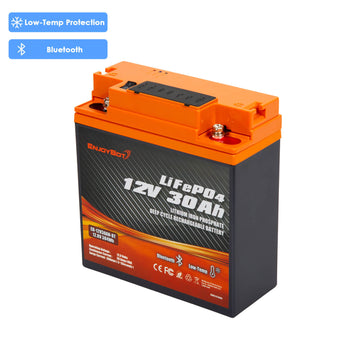
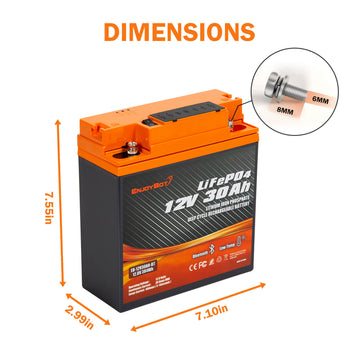
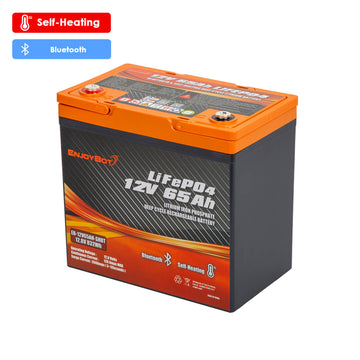
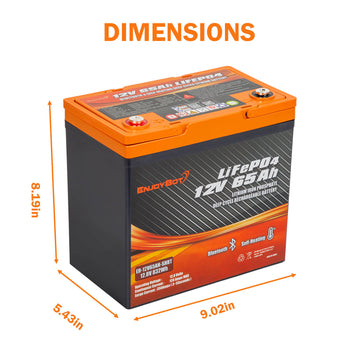
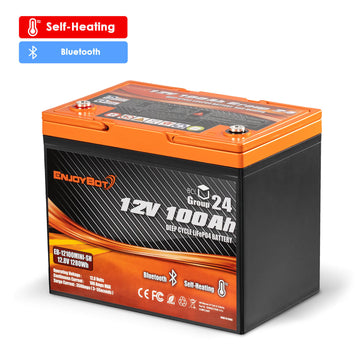
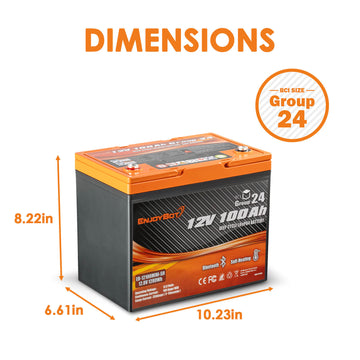

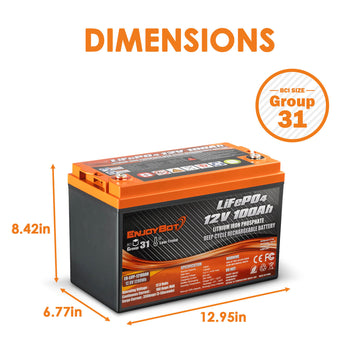

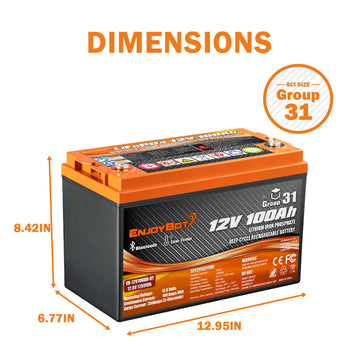

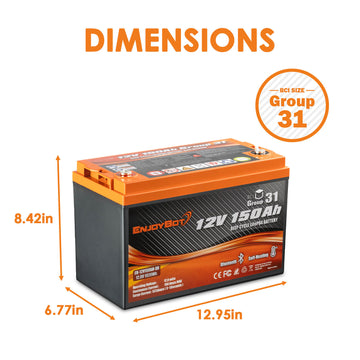

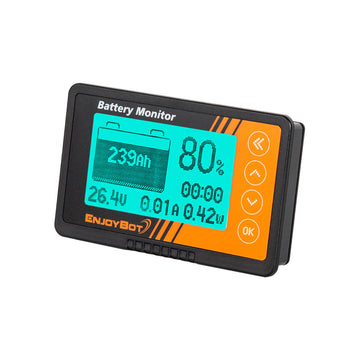
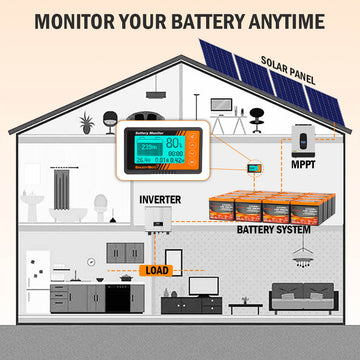
![[Upgraded Version] Enjoybot 14.6V 20A Waterproof Mountable LiFePO4 Lithium Battery Charger For 12V LiFePO4 Battery](http://enjoybotbattery.myshopify.com/cdn/shop/files/14.6V_20A_Waterproof_Battery_Charger_1_360x.jpg?v=1752565609)
![[Upgraded Version] Enjoybot 14.6V 20A Waterproof Mountable LiFePO4 Lithium Battery Charger For 12V LiFePO4 Battery](http://enjoybotbattery.myshopify.com/cdn/shop/files/14.6V_20A_Waterproof_Battery_Charger_2_360x.jpg?v=1752637374)
